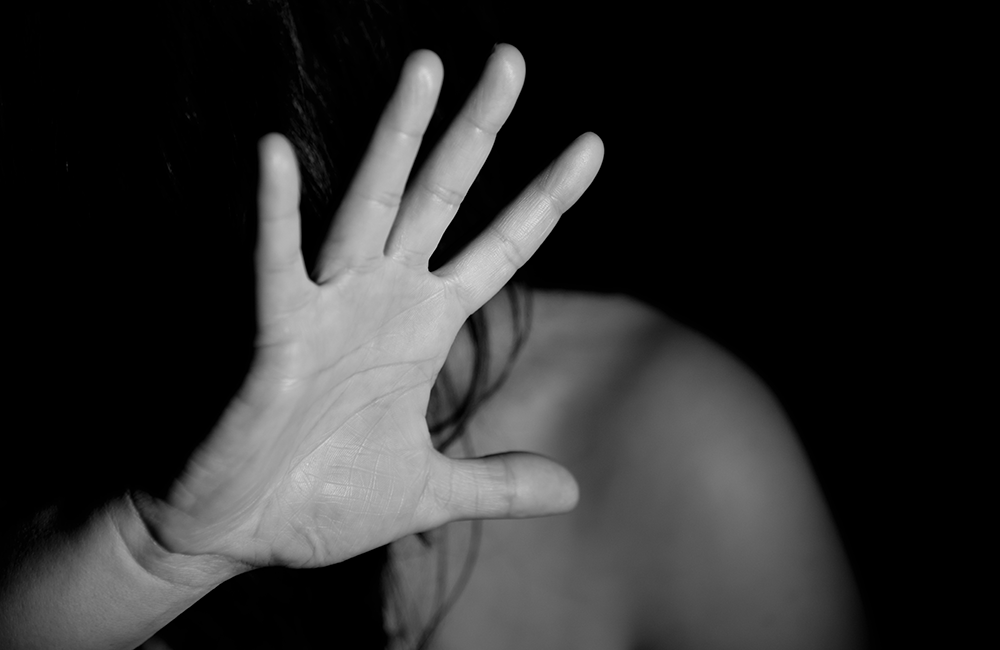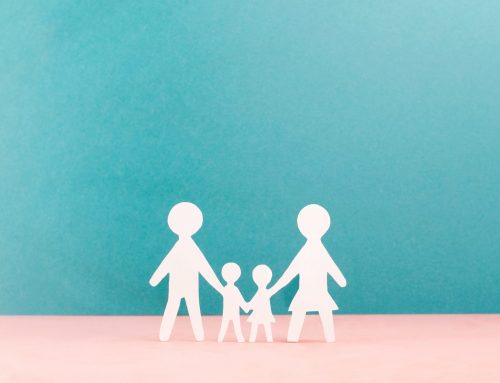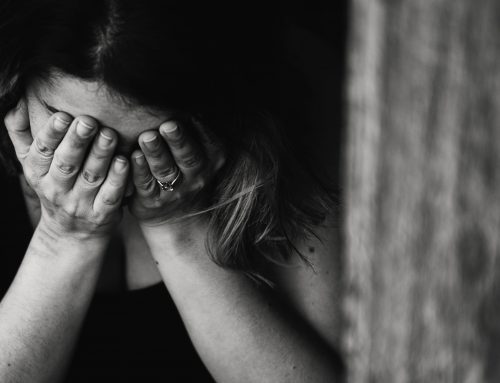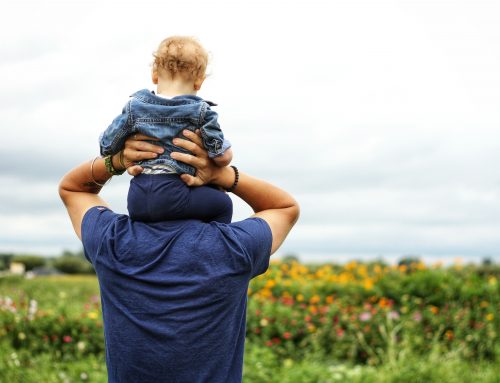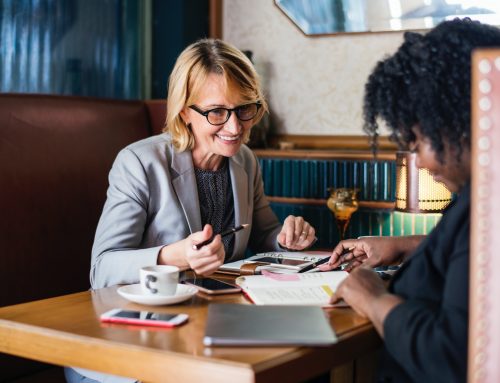There is an unspoken evil lurking in all economic circles. Yet, every day we hear of women who have suffered from it—domestic violence. Sometimes this abuse endangers their lives. Victims of such aggression need a safe haven, a place to recuperate and be shown there is a path to healing. This is why women’s shelters exist. They offer women and children help and protection. Women’s shelters need help from charitable partners of like mind in the form of donations and volunteers.
Domestic violence is a problem and a possibility for all women, regardless of race or financial situation. The aggression of willful intimidation, physical and sexual assault, along with other abusive behavior is shown in the disease of the perpetrator. Anyone can be at risk—individuals in all communities and without regard for age, economic status, educational history, ethnicity, faith, or national origin. Perpetrators of this abuse must know that it will not be tolerated and must stop. However, the victim must choose not to be an enabler—the first step to healing.
Even though medical professionals must report violence, perpetrators and victims themselves keep the secret. How they accomplish this is not important. The victim must be freed from the tormentor; else they will continue to enable them until they become a hopeless shell of themselves. Feeling they do not have a choice in the matter, women continue to allow this abuse until they gain the courage to ask for help. That help may be when they show up on the door of a women’s shelter or call the number someone has given them.
Abuse is levied upon the victim because the abuser must feel in control. That is part of their diseased thinking. They will only get help when victims do not allow this dangerous treatment. The data below has been gathered from varied sources and tells the story that so many keep secret. The signs of abuse are embarrassing to the victim, so they make excuses. They feel somehow that they deserve the treatment. Women (and men) who believe in this way play directly into the perpetrator’s hands, giving them the green light to continue.
However, abuse can continue a cycle of abuse that comes from a past generation or begin a new phase into the next before it ends. They must stand up for the rights of those who may not have the courage to help themselves. The few statistics below show the danger and why we must not wait:
1. 30% of women and 10% of men will experience domestic violence in their lifetime
2. Almost 1.3 million women are victims of physical assault by an intimate partner each year
3. 85% of domestic violence victims are women
4. Women ages 20-24 are at the greatest risk of intimate partner violence
5. Most cases of domestic violence are never reported to the police
6. There were 2,340 deaths in 2007 because of domestic violence (70% females and 30% males)
7. Domestic violence provides an estimated economic impact of $8.3 billion
8. Abusive behavior can be emotional, physical, sexual, or verbal
Help these victims in any way you can. Donate to or volunteer at a women’s shelter in your area. You never know, there could be a friend or relative already in this situation.
